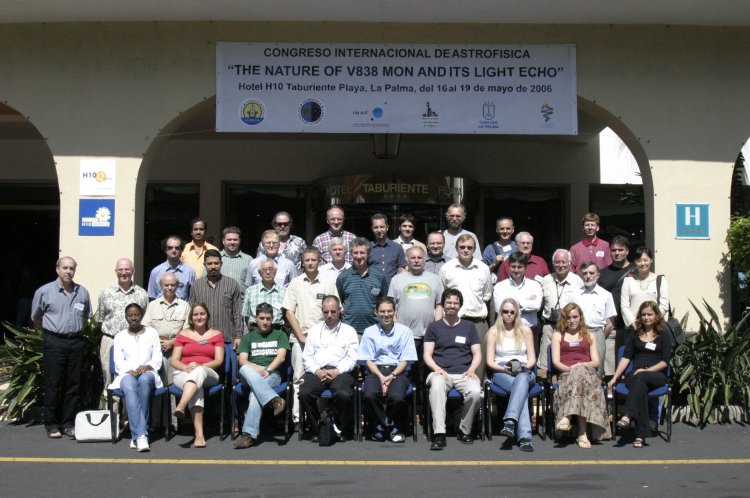
|
The 2002 outburst of V838
Monocerotis has been one of the major hits in stellar astrophysics in recent
years. The object is the most studied member of an exciting class of rare
objects undergoing tremendous stellar explosions, so powerful as to make V838
Mon at peak brightness one of the most luminous stars in the whole Local Group
(at M_V=-10 mag). These outbursts eject so much material into the surrounding
space that they have not been seen to reach optically thin conditions. Thus
the star expands to hypergiant dimensions while cooling down to the brown-dwarf
temperature regime. Other objects similar to V838 Mon are M31-RV, which exploded
in 1988 in the Andromeda galaxy, and V4332 Sgr which erupted in 1994 in our
Galaxy. V838 Mon progenitor must have been massive and young, given the presence
of a normal B3V companion. It lies close to the galactic plane in the outskirts
of our Galaxy in the anti-center direction. The eruption of V838 Mon was discovered on January 2002 (cf. IAUC 7785). A list of the refereed papers devoted to V838 Mon published so far is available here. V838 Mon has displayed a complex light curve characterized by multiple maxima of very different colors, a very red spectral energy distribution, a long phase during which the optical brightness was below the quiescence value while the star remained very bright in the near-IR, and a recent re-warming accompanied by a recovery of the optical luminosity. |
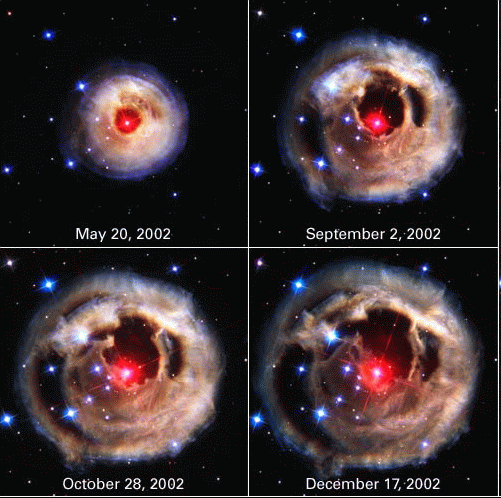
|
|||||||||||||||||||||||||||||||||||||||
| The spectral
evolution of V838 Mon was as peculiar as its light curve. In spite of
large ejection velocities at the outburst onset (~500 km/sec), the expanding
ejecta never reached optically thin conditions. It remained optically thick
and got cooler and cooler with time, initially mimicking a K giant,
then making a complete excursion along the whole sequence of M giant spectra
down to M10, and finally entering the new realm of L-type supergiants, a
spectral type never seen before anywhere in the Universe and characterized
by temperatures so low that were previously measured only in brown dwarfs.
Besides this, V838 Mon became one of the major attractions in stellar astrophysics over the last few years by displaying a 2 arcmin wide bright circumstellar light-echo, the first one seen in our Galaxy in the last 70 years. At the peak of its development around 2003, it was so bright that it became a favourite object even for amateur-sized telescopes. HST soon started monitoring the light-echo evolution (with eye-catching images appearing even on the front cover of Nature 422, 405 - 2003). These are set to continue during the next observing season, starting in October 2005, when V838 Mon will emerge from its seasonal conjunction with the Sun. Little consensus has been reached so far on the nature and causes of the outburst of V838 Mon. The interpretations published in the literature cover a wide range of possibilities such as the swallowing of giant planets, merging of the components of a binary star, surface helium flash in a highly evolved and very massive star and a highly degenerate hydrogen flash in a low mass, cool and very slowly accreting white dwarf. |
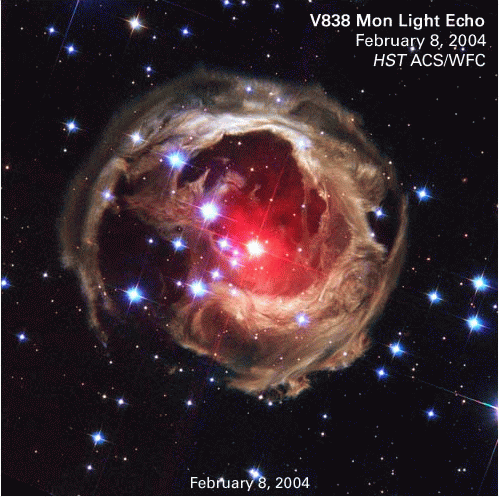
|
|||||||||||||||||||||||||||||||||||||||
| Given the many important questions opened by
the intensive study of V838 Mon in the last three years, a conference dedicated
to the subject is planned for May 16-19, 2006, on the island of La Palma (Canary
Islands, Spain). The Conference aims to bring together researchers interested in V838 Mon and related stars, in light-echos, in the atmospheres and chemistry of very cool giant stars, in circumstellar cocoons, in the latest evolutionary stages of very massive stars and in the various alternative scenarios proposed to account for the unique properties of V838 Mon and its associates. One main goal of the coinference is to compare observational evidence and theoretical interpretations, so as to gain a better understanding of the V838 Mon phenomenon. Another objective is to foster cooperation and coordination of future observational and modelling efforts, both concerning its still active outburst phase and in view of the return to quiescence conditions in the years to come. Therefore the conference topics include:
* Spectroscopic evolution, optical and IR * L-supergiant spectra, interpretation, molecular chemistry * Structure and evolution of mass loss in early phases * Polarimetry and spectropolarimetry * Pre-Outburst properties and progenitor * The B3V companion * Young stars in the outskirts of the Galaxy * The circumstellar cocoon * The interstellar medium toward and around * The light echo structure and evolution * Distance from light-echo evolution * Evolutionary status of the outbursting component * Models of the outburst * Similar and related objects (e.g. M31-RV, V4332 Sgr) The SOC of the Conference is composed by:
|
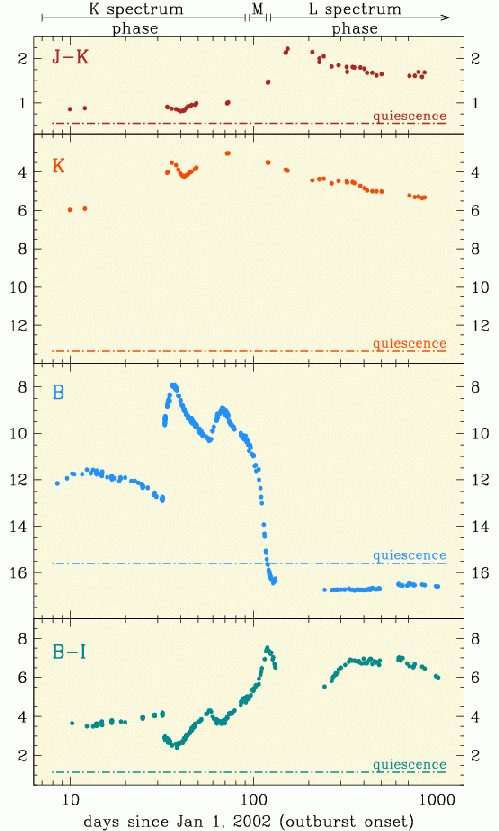
|
|||||||||||||||||||||||||||||||||||||||
| The conference, organized by the
Isaac Newton Group of Telescopes
with financial support from the Instituto de Astrofisica
de Canarias, will be held in the Hotel H10
Taburiente Playa in Los Cancajos, a quiet beach resort located between
the airport and the capital Santa Cruz de La Palma. We expect most participants
to be based in the hotel, which offers very attractive prices for participants
(even cheaper accommodation is available in the attached H10 Costa
Salinas Apartments that belong to the same hotel chain). Click on
accomodation to know how to book
the hotel. The registration fee has been fixed at 200 Euros, and is payable in cash upon arrival at the conference. It is expected to cover the Proceedings book, coffee breaks, and all social events (social dinner, excursions). We are applying to various funding agencies. If these applications are successful, financial help might be available for applicants who are short of funding. The most important dates and deadlines are:
* Feb 15 2006 for late registration * Mar 15 2006 closing of abstract book * Apr 15 2006 block booking of hotel rooms expires * June 20 2006 for submitting the contributions to the Proceedings () The scientific program will be finalized by SOC after the registration by the participants has been completed. Plenty of time for discussion will be allocated during the conference. A booklet with the abstract of scheduled talks and posters will be sent to press by April 15 and distributed at the Conference.
|
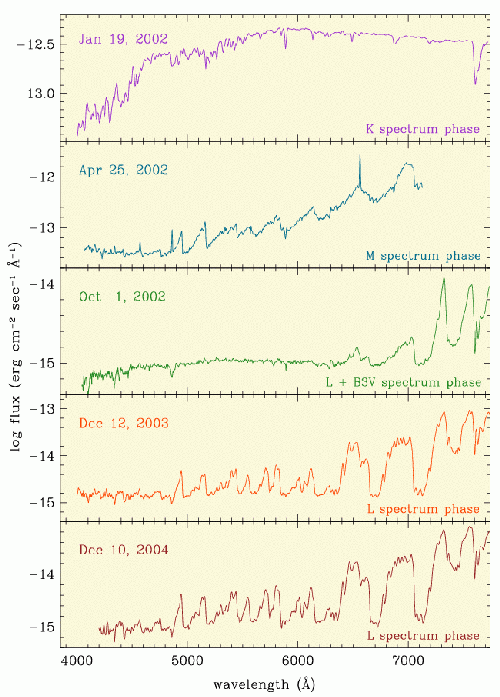
|
|||||||||||||||||||||||||||||||||||||||
| |